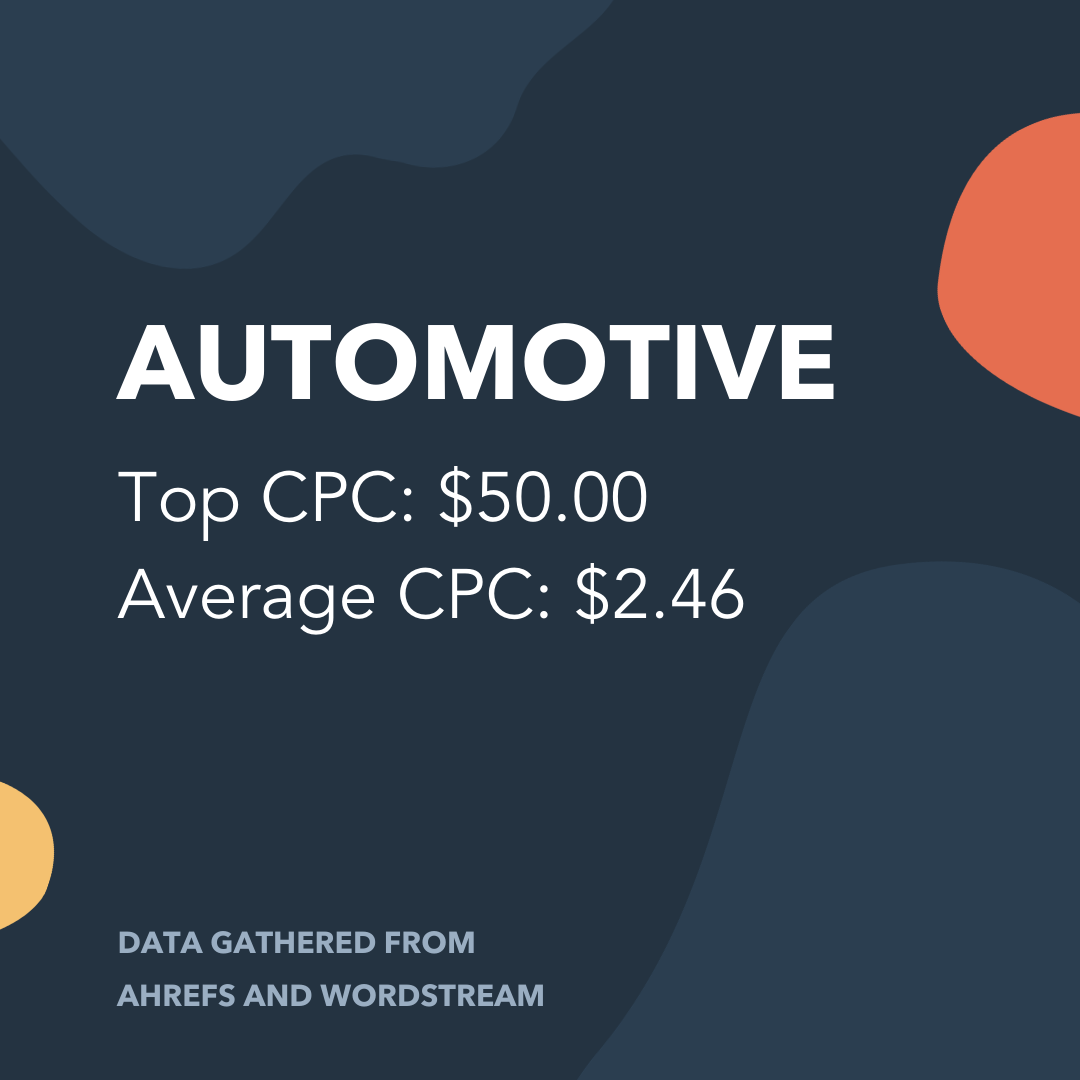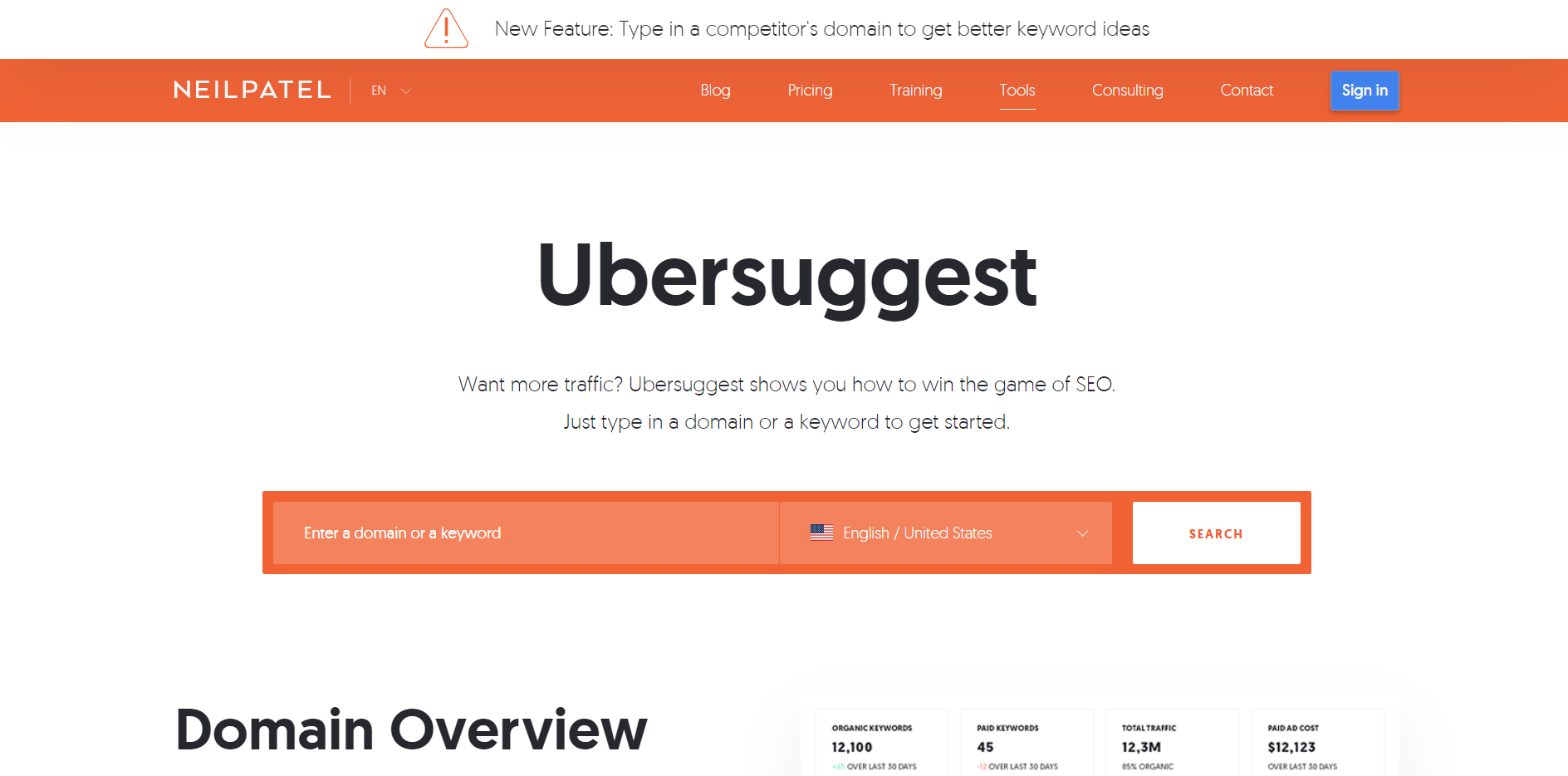

Remember to insert keywords with your H1, H2, and H3 tags, though it’s not necessary for low-level tags (H4, etc.). Since Google pays special attention to page headings, inserting keywords can help a lot in terms of ranking higher in the search results. The information will be updated over time, but the URL will stay the same. Thus, modifiers are helpful when trying to rank long-tail keywords.Ī year or date also work as modifiers, but try avoiding them in URLs even if they are present in your title. Users tend to use these terms when searching for information online. These are words that describe the offer, for example: “best”, “faster”, “cheap”, “full”, etc. Embed title tag modifiersĪnother recommendation from our on-page SEO factors checklist is to embed title tag modifiers. To be fully displayed in the search results, your title should not exceed 60 characters. For example, instead of writing “The Ultimate Guide for Backpackers” try “Backpacking: The Ultimate Guide” or “Backpacking and Budget Travel Guide”.ĭon’t forget to keep your title at an appropriate length. Thus, the closer a keyword is to the beginning of the title, the more chances that webpage has of ranking higher in the search engine. The first things Google pays attention to are the primary words of the title.

Front-load your keyword in your title tag In terms of SEO, the optimal URL length is 75 characters. In addition, they appear tidier and more appealing to users.Ĭompare how various URLs appear in the search results: In contrast, shorter URLs help the search engine more quickly identify what your blog post is about. Long URLs with multiple subfolders make Google think that your blog post relates to all the keywords in the page address. This is also important for user experience, as Google displays URLs above titles in the SERP, where they are likely to grab a readers’ attention and help them understand what the page is about.

Keyword-rich URLs tend to rank higher on Google. Meta tag optimization helps search engines explore your webpage more quickly in order to identify its relevancy and provide users with a better reading experience. This list will help you properly embed the aforementioned on-page SEO factors in order to make your page valuable and compliant with Google’s requirements. The following on-page optimization checklist corresponds to Google’s latest SEO innovations.
#Semrush on page seo checker change google search targeting how to
Here is a quick checklist of on-page SEO factors to help you establish a basic understanding of the factors that influence the value of a webpage for Google:īelow, we’ll examine how to optimize your website for each of these factors. To ensure better promotion, remember to work with both methods and always keep an eye on the constant changes in Google’s algorithms. Naturally, on-page and off-page SEO are interconnected. The term refers to the content quality and structure of a webpage. On-page SEO comes into play when driving traffic to a specific page to increase its ranking in the SERP. Off-page SEO concerns the website as a whole and includes backlinks, domain authority, and promotion strategies.

What is on-page SEO and why is it important? To begin with, Google distinguishes between off-page and on-page optimization.


 0 kommentar(er)
0 kommentar(er)
